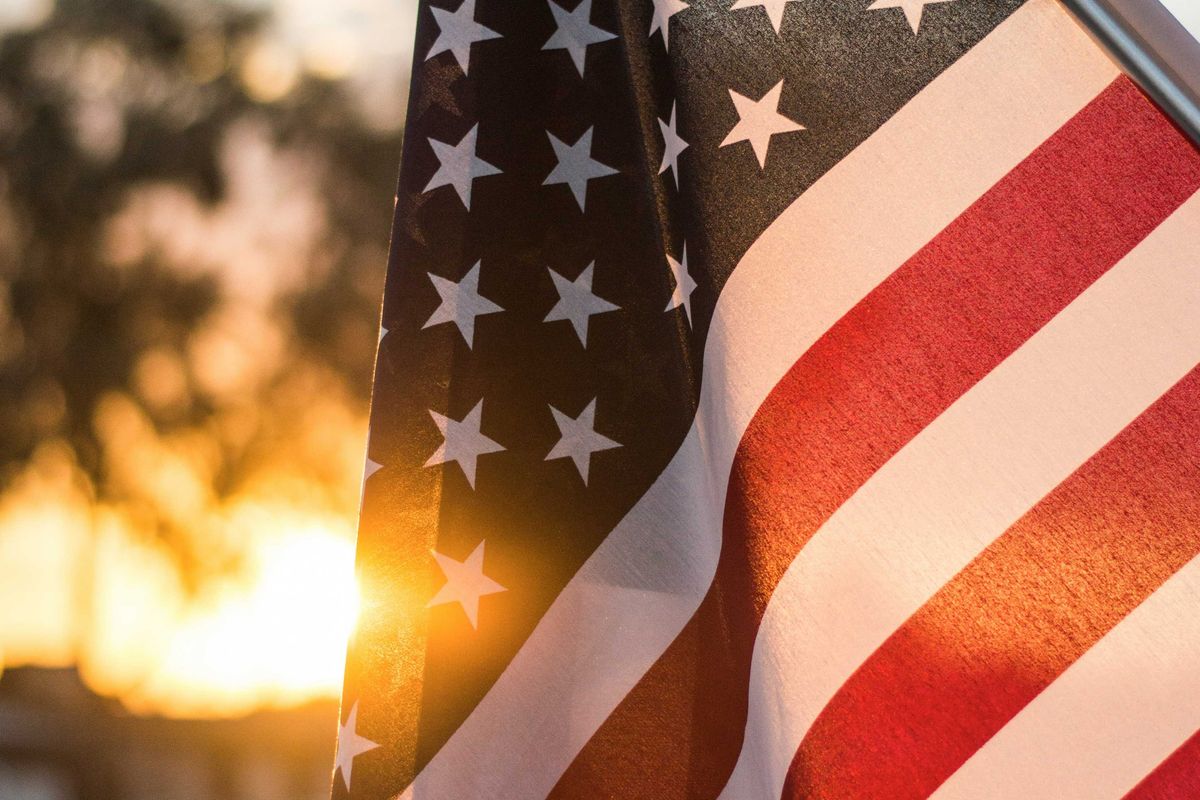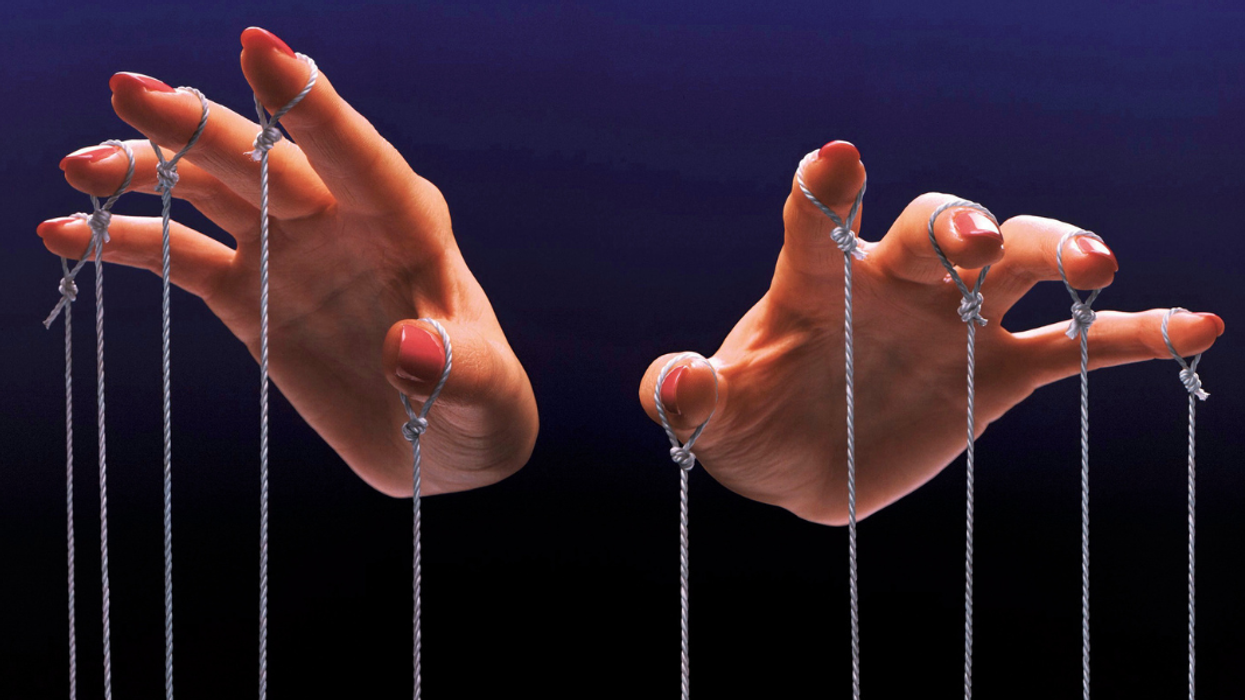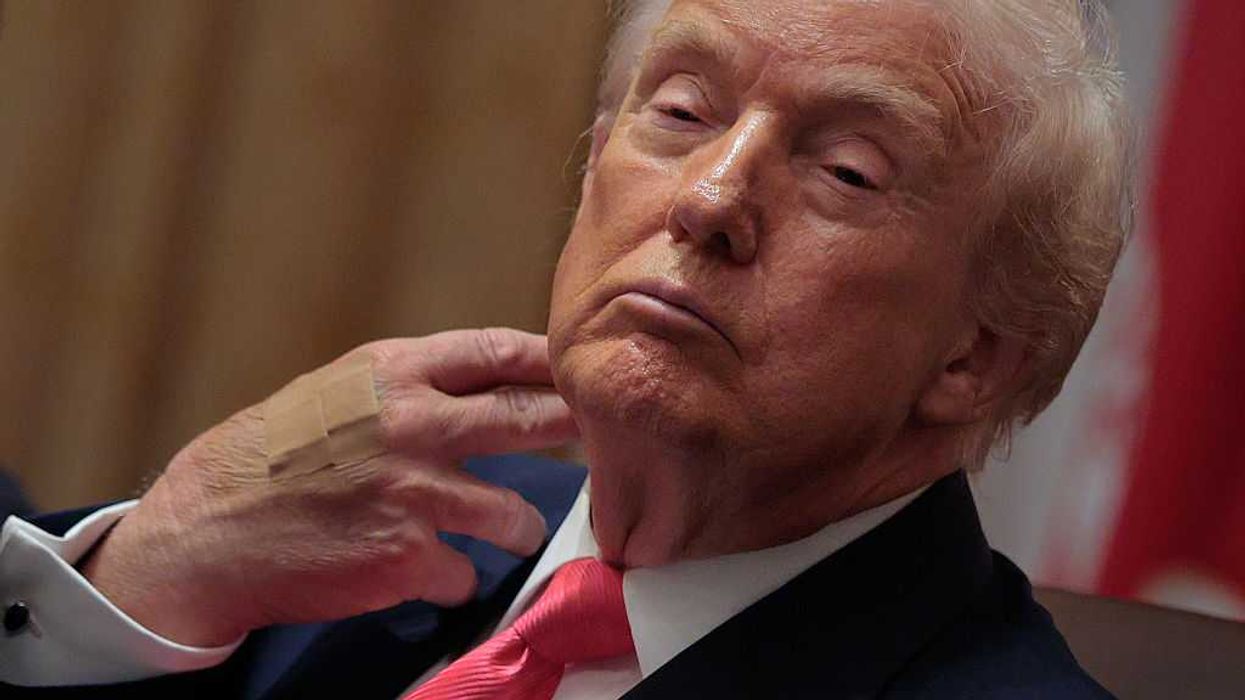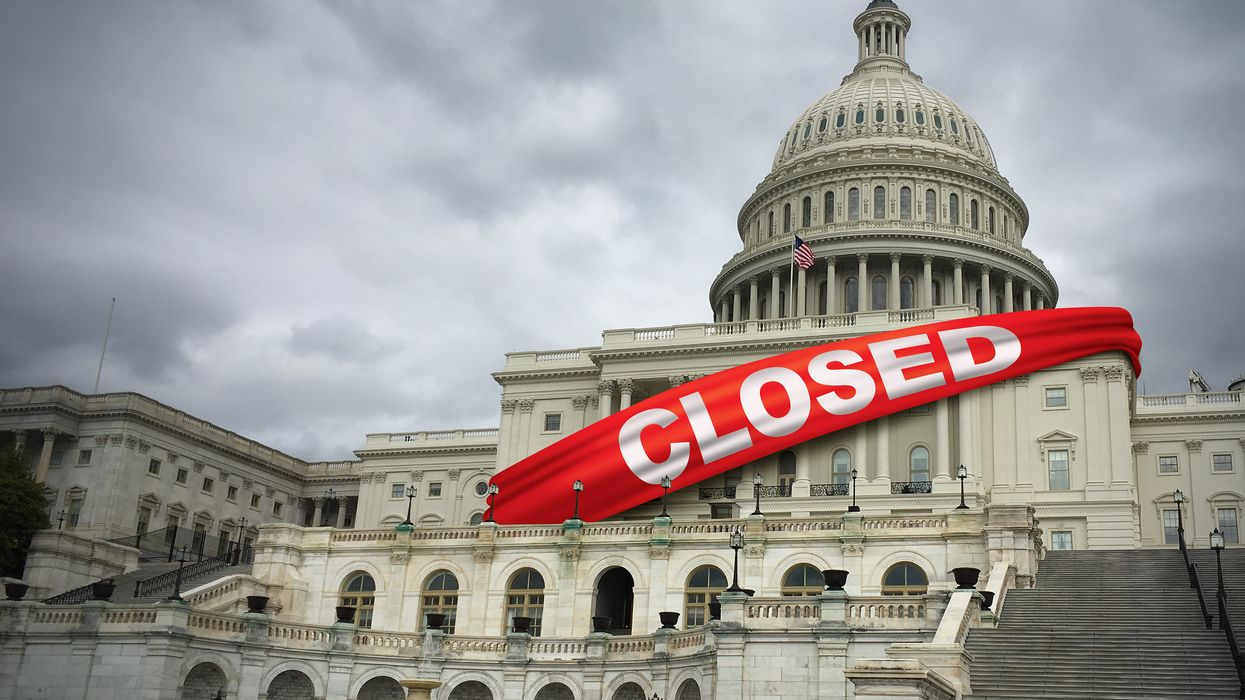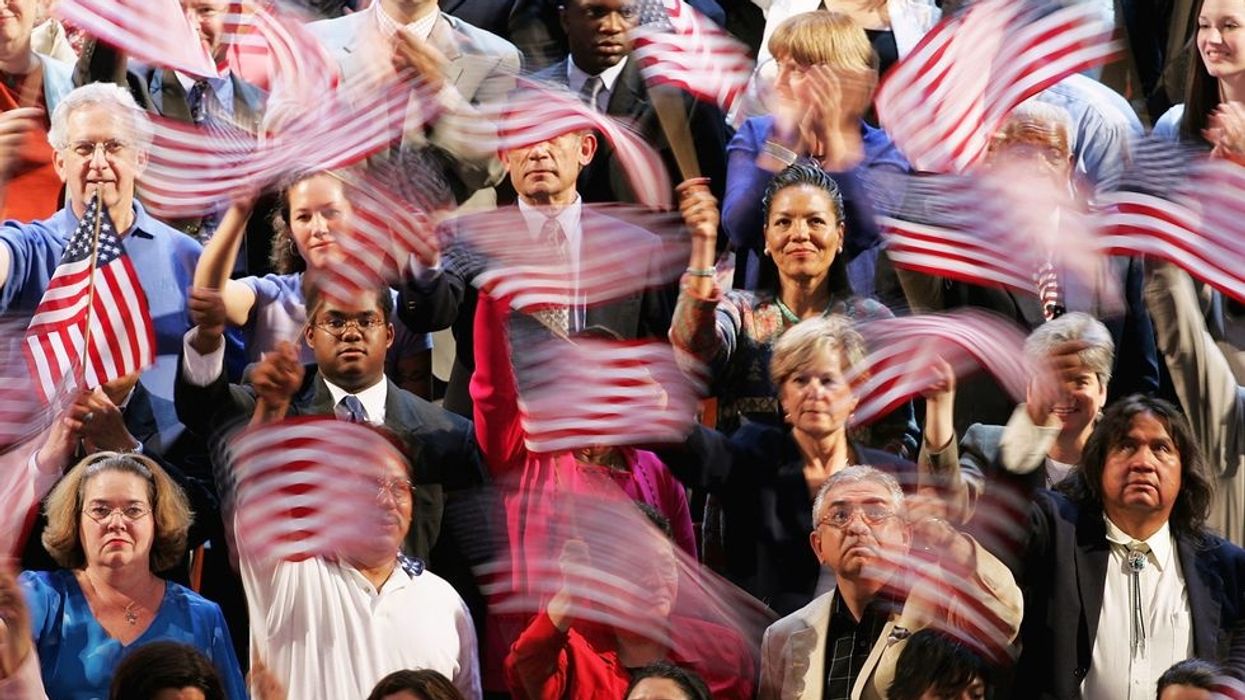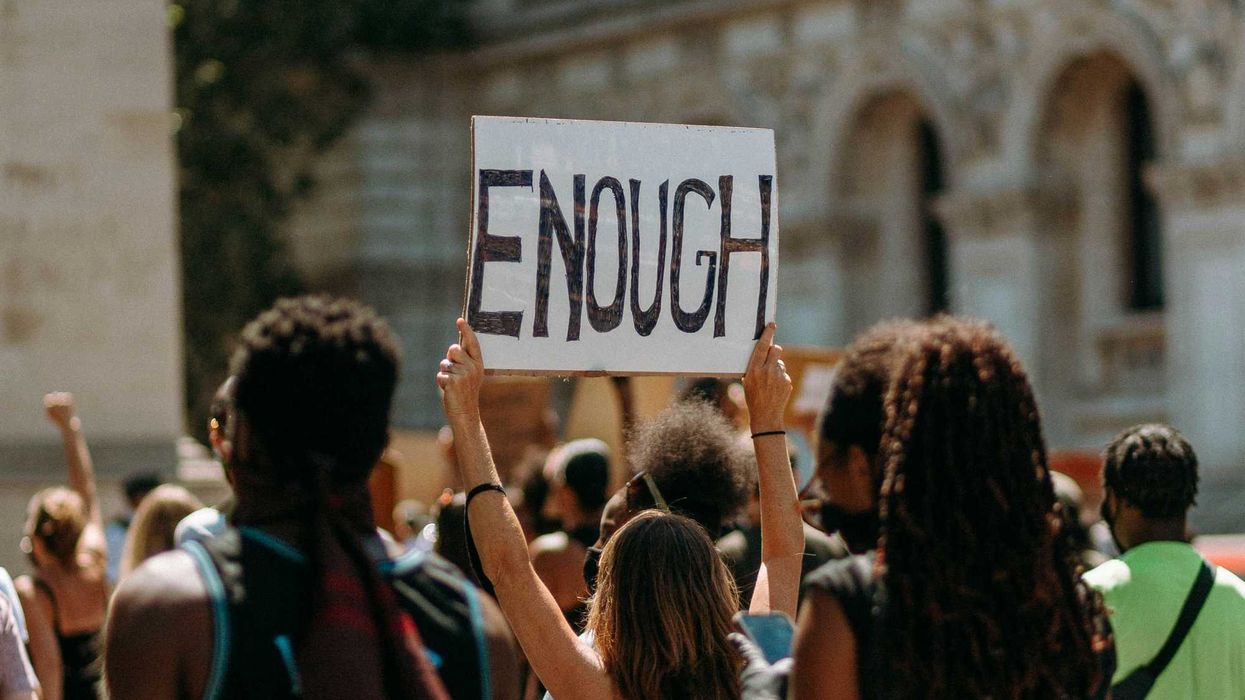Steve is Professor Emeritus of Marketing, University of Northern Iowa, Cedar Falls
On Sept. 18, 1787, the last day of the U.S. Constitutional Convention, James McHenry (1753-1816), a Maryland delegate, asked Benjamin Franklin, “well Doctor, what have we got, a republic or a monarchy?” Franklin’s reply “a republic, if you can keep it,” is profound in not only does our democracy depend upon the supreme power of its residents and their elected representatives, but for America to survive it depends upon its citizens to become actively involved in the selection of its elected delegates.
So, what’s the problem? The Pew Research Center reports America’s voting turnout ranks an “underwhelming” 31st out of 50 countries who exhibit solid democratic traditions. While the 2020 presidential election had the highest voter turnout of the 21st century (66.7%), it’s sad that one out of every three people you meet on the street didn’t partake in our attempt to keep a republic.
In the past six general elections (2000-2020), the average turnout rate of registered voters for primary elections was 27%, while the average turnout rate for general elections was slightly over 60%. This means more than half (55%) of general election voters did not vote in primary elections. For midterm primary elections, it’s worse: about 80% of eligible voters do not partake in primary elections.
What’s the significance of this data? Low voter participation in caucus-primary elections means that a smaller subset of voters – most likely far left-wing crazies and far right-wing wackos – hoodwinked by candidate disinformation, misinformation, far-fetched promises, propaganda and/or sinister political agendas may be playing an over proportionate role in determining the final candidates.
A minority of the minority is selecting our political candidates.
Let’s face it. We may be electing self-centered, party-before-the-people and politicians allegiant to their financial supporters simply because we’re not active – like Benjamin Franklin feared – in all elections. We only have ourselves to blame if we’re represented by less-than-desirable, narcissistic, divisive, rude, opponent bashing, retribution-oriented, racist, anti-bipartisan, anti-trade, anti-democracy, anti-constitution and pro-authoritarian delegates.
Let’s review a couple caucus-primary election examples:
Joe Biden ran for president three different times and didn’t win his first caucus-primary election until Feb. 28, 2020 when he defeated Vermont Senator Bernie Sanders in South Carolina. Biden was one of 22 candidates and has been a politician since 1971. Donald Trump, who has changed party affiliation five times, was a presidential candidate in 2000 with the Reform Party. A 2020 study (Journal of Politics) revealed voters had the most difficulty assessing the ideology of Trump in the 2016 election out of all presidential candidates since 1972 and all contemporary legislators. Trump was one of 17 candidates seeking the GOP presidential nomination.
Was Mr. Biden and/or Mr. Trump the best candidate for their respective party or the winner only because a small subset of rabid fanatical Democrats or rabid extremist Republicans voted, while the majority of D and R voters didn’t partake in the caucus-primary election?
Americans aren’t taking the caucus-primary and general election process seriously.
What can you do to help America remain a democracy and select the best candidates? Be proactive. Go to www.270towin.com’s “2024 presidential election calendar” to find out the precise date of your caucus-primary election and vote. Next, mark your calendar to also vote on Nov. 5, 2024.
Officials within your political party of preference as well as your county and state auditor can assist with any voting inquiry.
The first of 15 caucus and 53 primary elections begins on Jan. 15. Heed the words of Thomas Jefferson: “We do not have government by the majority. We have government by the majority who participate.” Be in the majority by voting in the caucus-primary and general elections or don’t complain about the religious, cultural and political zealot elected politicians we must endure for another two to four years who purposely could be seeking office to change America from a republic to a monarchy.
Sources:
1) Voter turnout rate in the presidential election in the United States as of December 7, 2020, by state, www.statista.com, Statista, Dec, 7, 2020
2) Drew Desilver, Turnout soared in 2020 as nearly two-thirds of eligible U.S. voters cast ballots for President, Pew Research Center, Jan. 28, 2021
3) Drew Desilver, Turnout in U.S. has soared in recent elections but by some measures still trails that of many other countries, Pew Research Center, Nov. 1, 2022
4) Turnout in primaries vs. general elections since 2000, States United Action, July 28, 2022 (Press Release)
5) 2022 primary turnout, Bipartisan Policy Center (Press Release)
6) Joshua Ferror and Michael Thorning, 2022 primary turnout: Trends and lessons for boosting participation, Bipartisan Policy Center, March, 2023
7) Richard R. Beeman, Perspectives on the constitution: A republic, if you can keep it, National Constitution Center, https://www.constitution center.org, 2023
8) Carl Bialik, How the Republican field dwindled from 17to Donald Trump, FiveThirtyEight, May 5, 2016
9) Asma Khalid and Deirdre Walsh, Very much alive: Biden projected to win South Carolina, National Public Radio, Feb. 29, 2020
10) Gregory Eady and Peter Loewen, Measuring public uncertainty about candidate ideology: An application to US presidential elections, The Journal of Politics, July 28, 2020
11) Biography.com Editors, Donald Trump, Biography, March 31, 2023
12) Biography.com Editors, Joe Biden, Biography, April 25, 2023
Disclosure: Steve is a non-paid freelance opinion editor and guest columnist contributor (circa 2013) to 172 newspapers in 32 states who receives no remuneration, funding or endorsement from any for-profit business, not-for-profit organization, political action committee or political party.

